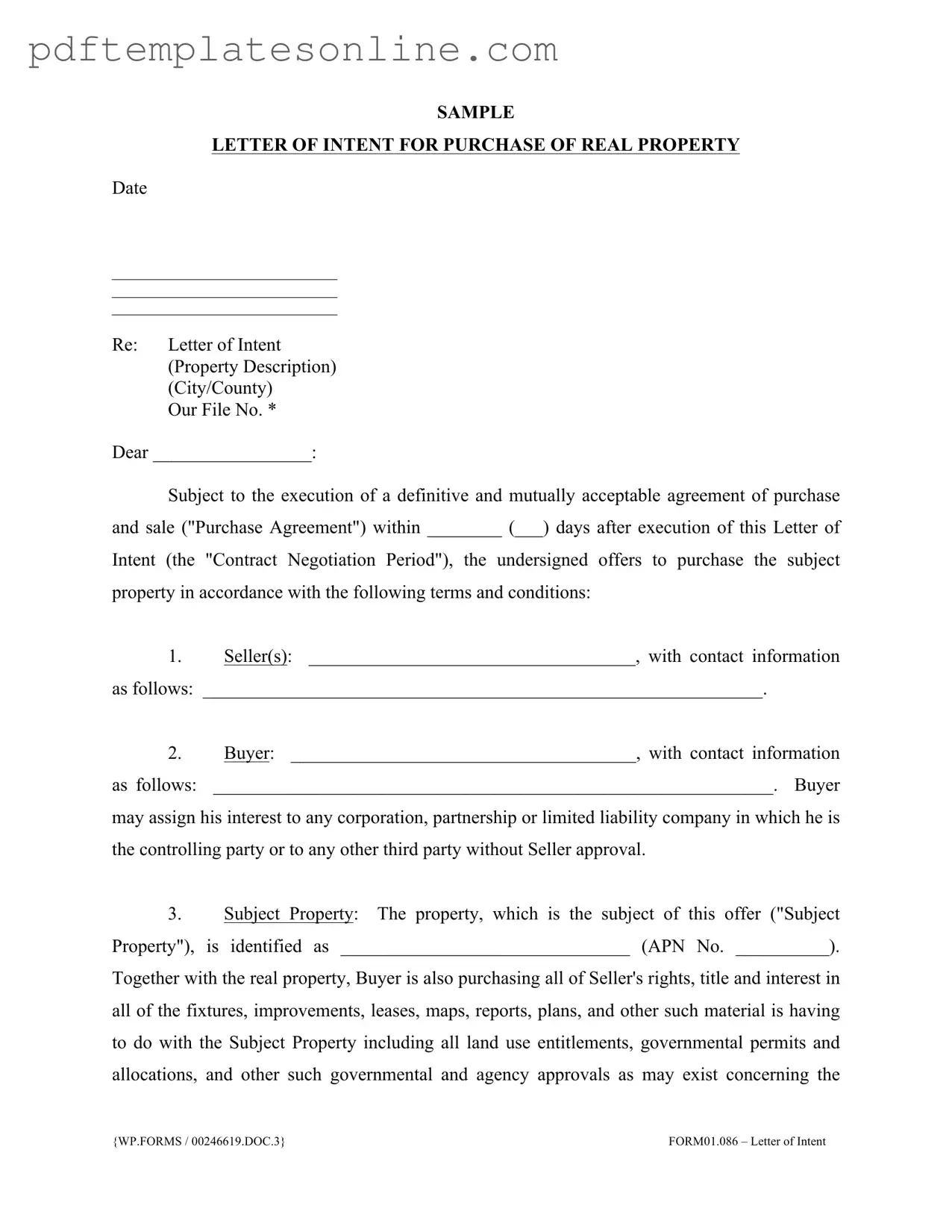Filling out a Letter to Purchase Land form can be a straightforward process, but there are common mistakes that individuals often make. Understanding these errors can help ensure that the form is completed accurately and effectively.
One frequent mistake is failing to provide complete contact information for both the buyer and seller. This section is crucial for communication during the negotiation process. Missing or incorrect details can lead to delays and misunderstandings. It is essential to double-check that all names, addresses, and phone numbers are accurate and up to date.
Another common error is neglecting to specify the subject property clearly. The form requires a detailed description, including the property’s APN number. Omitting this information can create confusion and may even invalidate the offer. Buyers should take care to include all relevant details about the property to avoid complications later.
Additionally, many people overlook the importance of clearly stating the purchase price. This figure should be clearly written in both numerical and written form. Ambiguities in the purchase price can lead to disputes and may hinder the negotiation process. Buyers must ensure that this information is precise and unambiguous.
Another mistake involves misunderstanding the feasibility period. Buyers often fail to recognize the significance of this timeframe for conducting due diligence. Not specifying a clear deadline can result in rushed decisions or missed opportunities. It is crucial to define this period clearly to allow adequate time for evaluation.
Lastly, individuals sometimes forget to sign and date the form. This step is vital as it indicates agreement to the terms outlined in the letter. Without signatures, the document lacks authenticity and may not be considered valid. Always ensure that both parties have signed and dated the form before submitting it.
